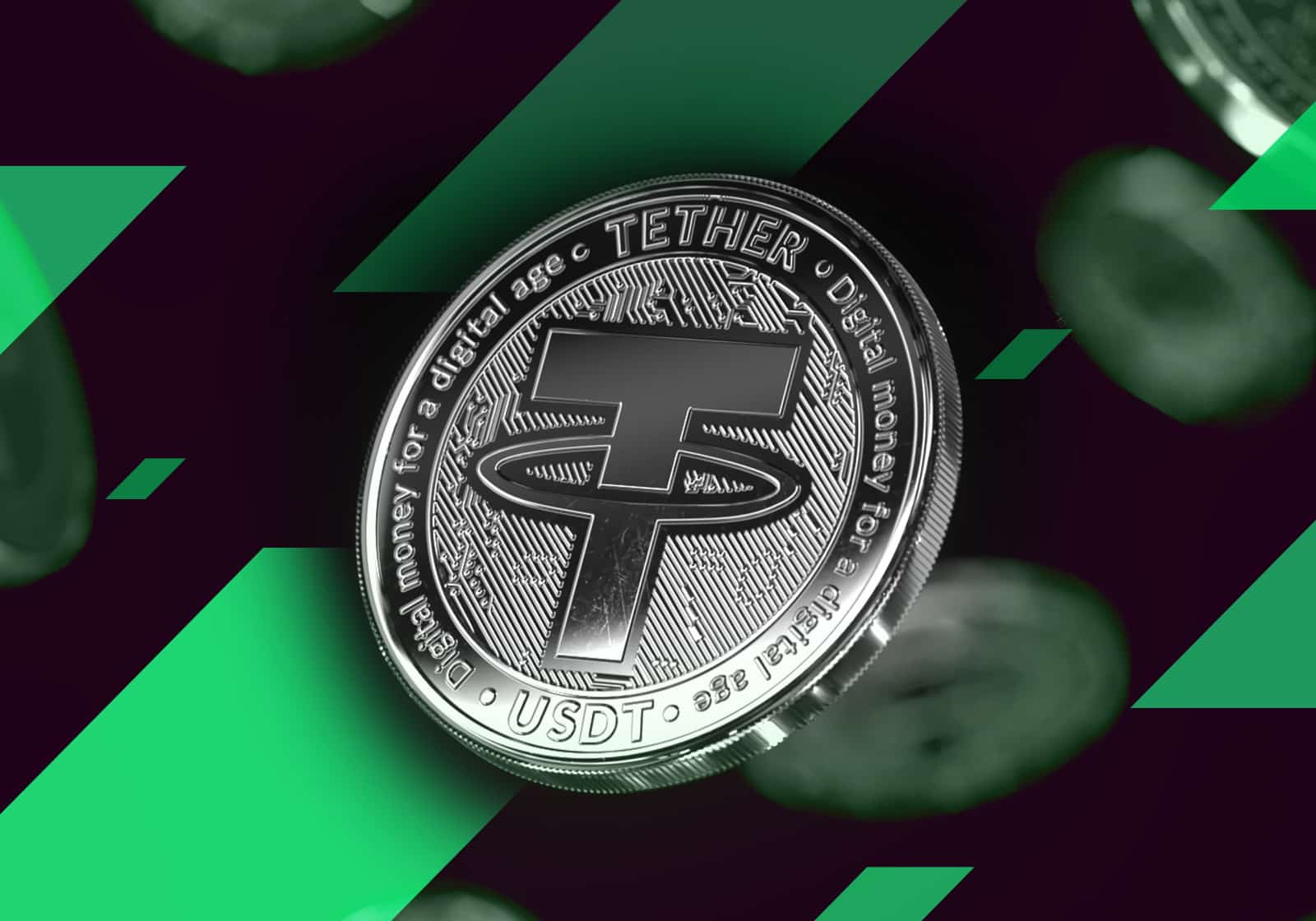Tether (USDT), renowned as the foremost stablecoin globally, has played a central role in enabling seamless transactions within the blockchain realm. However, recent revelations stemming from an analysis conducted by TRM Labs, a prominent blockchain analytics firm, cast a shadow on the extensive usage of USDT. According to their findings, USDT has been notably prevalent in illicit cryptocurrency flows over the past year, raising concerns about its involvement in less-than-legal activities within the digital asset space.
This revelation comes amidst a broader context of diminishing overall volumes of illicit transactions within the cryptocurrency sector. This decline is attributed to a series of factors, including the implementation of stringent sanctions and regulatory measures targeting various entities operating within the ecosystem. Despite efforts to curb illicit activities, the pervasive use of USDT in such transactions underscores the challenges faced in ensuring the integrity and legitimacy of cryptocurrency transactions.
Central to illicit cryptocurrency transactions?
TRM Labs’ comprehensive review unveils a concerning trend surrounding Tether’s involvement in illicit cryptocurrency transactions. Despite a slight decrease from the previous year, Tether, with a staggering $19.3 billion in illicit transaction volume in 2023, remains a prominent player in facilitating criminal activities within the crypto space. This figure underscores Tether’s persistent dominance as the preferred stablecoin for illicit purposes, including its alarming prevalence in terrorist financing endeavors.
Of particular concern is Tether’s association with the Tron blockchain, where a significant portion of its transaction volume is concentrated. TRM’s analysis points to Tron as a hotspot for terrorist financing activities, with a notable 125% surge in terror-related addresses receiving USDT. This revelation sheds light on the alarming extent to which Tether is utilized in nefarious activities within specific blockchain ecosystems.
Delving deeper into the distribution of illicit flows across major blockchains, TRM’s findings paint a troubling picture. Tron emerges as the primary facilitator of illicit transactions, responsible for a substantial 45% share of these activities, signaling a concerning uptick compared to previous years. Ethereum and Bitcoin, although not immune to illicit transactions, follow behind, accounting for 24% and 18% of such activities, respectively.
In stark contrast, the second-largest stablecoin, USDC, issued by Circle, exhibits a significantly lower involvement in illicit activities, with a total volume of $428.9 million. This disparity underscores the stark contrast between Tether’s pervasive presence in criminal transactions and USDC’s comparatively minimal role, highlighting the need for heightened scrutiny and regulatory measures within the cryptocurrency ecosystem.
A Tether spokesperson said to Bloomberg in response to the TRM Labs report:
While we don’t have access to the report, historical evidence repeatedly shows that transactional figures have often been exaggerated due to a misinterpretation of data that assumes that if a service receives some small portion of illicit funds then all funds in the service are illicit, significantly inflating the actual values.
The changing dynamics of illicit cryptocurrency transactions align with a larger trend characterized by a decline in illegal fund volumes within the sector. TRM’s data reveals a noteworthy decrease, with illicit transactions plummeting from $49.5 billion in the previous year to $34.8 billion in 2023.
TRM Labs identifies several factors contributing to this favorable trend, including a significant uptick in sanctions and regulatory actions aimed at crypto-related entities and individuals. This threefold increase in sanctions underscores a concerted effort to crack down on illicit activities within the cryptocurrency space, reflecting a broader commitment to enhancing regulatory oversight and combating financial crime.
Regulatory Scrutiny on Tether Amidst Its Compliance Efforts
Amid TRM’s assertions in their report, it’s crucial to highlight Tether’s proactive stance against the misuse of its stablecoin. Last year, Tether collaborated with US authorities and the OKX crypto exchange to freeze $225 million of its stablecoin associated with a criminal syndicate.
However, Tether faced criticism last year, including from the United Nations Office on Drugs and Crime, which highlighted the appeal of stablecoins among money launderers and fraudsters, particularly within online gambling platforms.
In response, Tether defended its operations, underscoring the “transparency” and “traceability” of transactions on public blockchains. According to Tether’s CEO, Paolo Ardoino, these features render USDT an “impractical choice” for illicit activities. The company also expressed disappointment with assessments focusing solely on negative aspects, arguing that such views overlook USDT’s positive impact on supporting developing economies in emerging markets.



